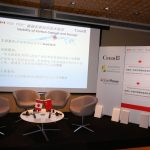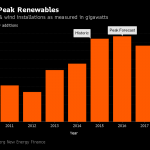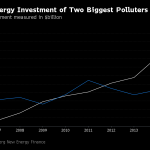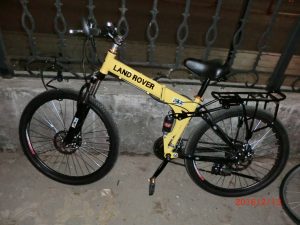Wind farms are not always popular
People complain about pollution, about nuclear, about so many things. But when efforts are made to promote sustainable energy such as through wind farms, people again complain. It is “disturbing the landscape”. So, we should also destroy the windmills in Belgium and Holland?
I personally don’t feel “offended” by wind turbines, they are rather elegant. The complaints about noise and hurting birds are also exaggerated. If people love birds then they should not have windows because many birds fly right into those, being misled by the reflection. Just recently a lovely bird crashed into my Beijing window. I tried to take care of it but I am afraid its legs were paralyzed and it would not recover.
Floating wind farms
A newer technology, offshore floating wind farms might accommodate some of the complaints.
See interesting article:
Offshore Wind Farms See Promise in Platforms That Float
By Diane Cardwell, NYT 29 September 2016:
http://www.nytimes.com/2016/09/30/business/energy-environment/offshore-wind-farms-see-promise-in-platforms-that-f.html
What are floating wind farms?
Right now, almost all offshore wind turbines require fixed platforms built into the seafloor. Floating turbines, with anchors, would mean new flexibility in where wind farms could be placed, with potentially less impact on marine life. Also, less opposition from the human neighbors on shore.
Developers can locate the farms farther out at sea, where they would not be visible from land, and their anchoring mechanisms have a smaller, more flexible footprint than the embedded foundations of conventional wind turbines. That could result in less environmental disturbance and easier transportation and installation.
Conventional offshore wind developments, with foundations deep beneath the ocean floor, are increasingly common in Europe. But partly because of public opposition, fixed offshore turbines are just starting in the United States, with the first such farm set to begin operation by November near Rhode Island.
Statoil, the Norwegian oil and gas giant, is already developing what could become the first commercial-scale floating wind farm, off the coast of Scotland.
Trident Winds, a company based in Seattle, is pursuing a federal lease to install about 100 turbines more than 30 miles out from Morro Bay on the central California coast.
With the floating concept, you can use the same turbine everywhere, so you can see the potential for mass production. The beauty of this is, every 20 years — which is typically when the turbine reaches the end of its life — you can tow this back to shore, put a new turbine on and take it back.
Read the full story in the NYT.























